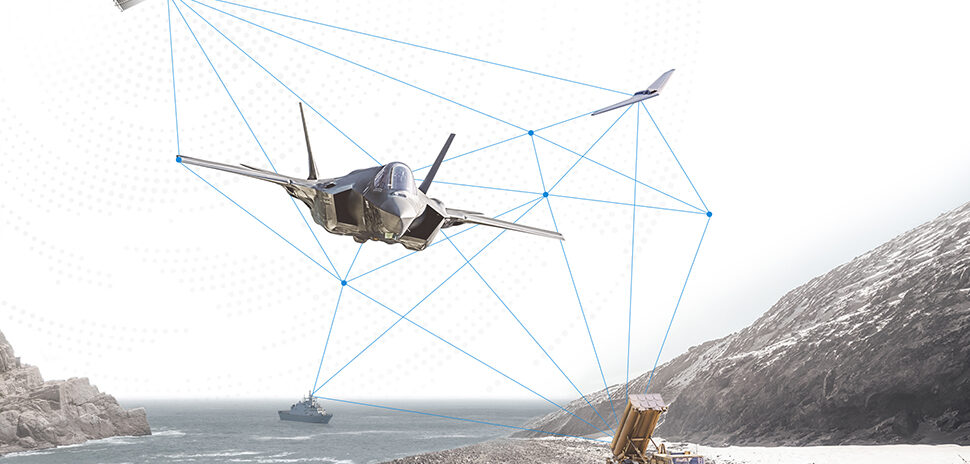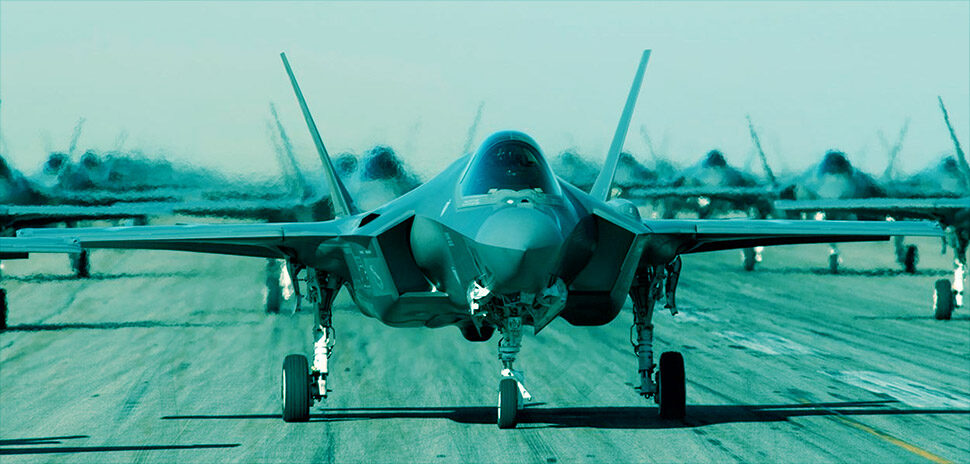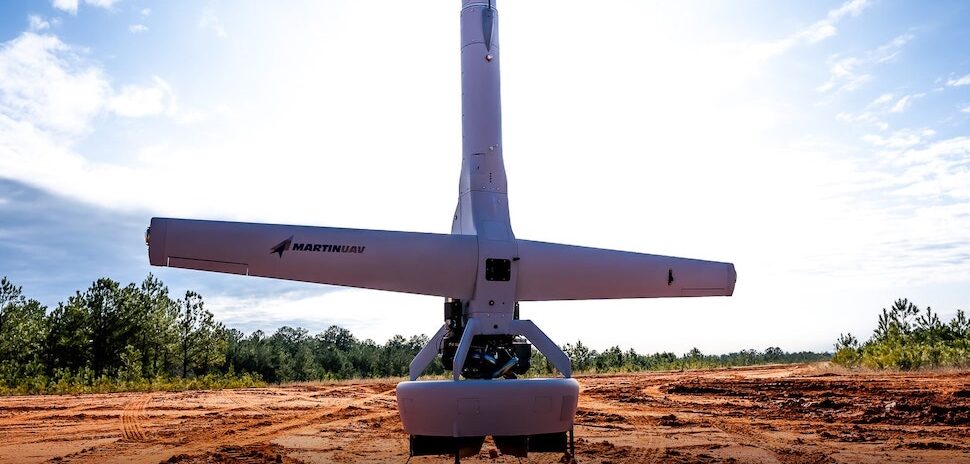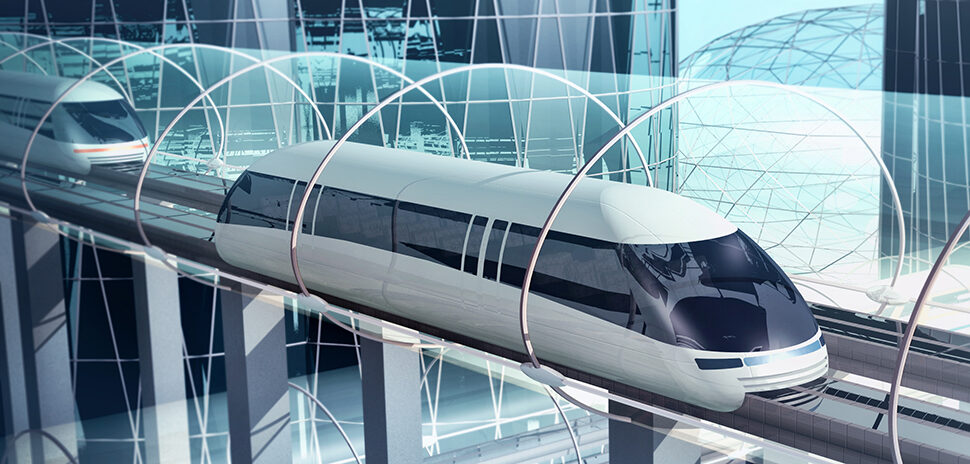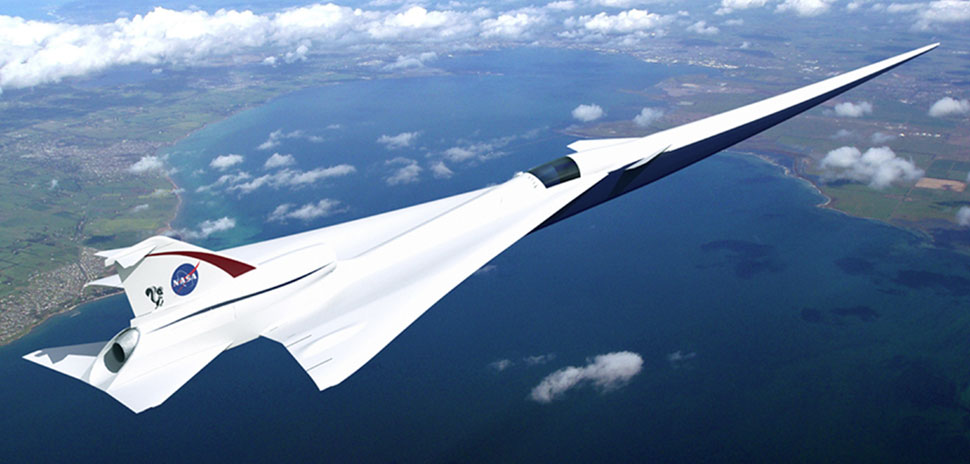
With its Quiet Supersonic Technology (QueSST) X-plane, Lockheed Martin aims to replace the sonic boom with a soft “heartbeat” thump. [Photo: Lockheed Martin]
Supersonic commercial flights sound amazing in theory but in practice, they’ve been extinct since the Concorde took its last flight in 2003.
The hiccup for domestic flights has been that aircraft can’t break the sound barrier over the United States. NASA just awarded a $20 million contract to Lockheed Martin to develop an aircraft that can go past the speed of sound without the ear-shattering sonic boom, The Dallas Morning News reported.
Lockheed engineers are tasked with developing an aircraft that makes a “low boom” that sounds more like a thump than a boom.
Lockheed announced the program last week at Texas Christian University in Fort Worth. The goal is to shorten travel times for cross-country flights in half.
Bethesda, Maryland-Lockheed Martin bases two of its business units in Dallas-Fort Worth.
Lockheed Martin Aeronautics in based in Fort Worth, and the Missiles and Fire Control unit is headquartered in Grand Prairie. Combined, they employ roughly 13,000 people.
Lockheed Martin Vice President Orlando Carvalho said he can foresee the technology be applicable to commercial air travel in the future.
The Country Caller reported that the technology could be used first in corporate jets before being applied to large commercial airliners.
Delivering what’s new and next in Dallas-Fort Worth innovation, every day. Get the Dallas Innovates e-newsletter.
R E A D N E X T
-
Defense contractor Lockheed Martin develops real-time digital intel, VR, and CGI to counter threats and keep people safe. One way the company accelerates new technologies and capabilities is through its Innovation Centers, the first of which opened in 2016 in Grand Prairie. The Innovation Center in DFW is now home to six individual labs and a conference room with classified video teleconferencing capabilities. Scott Greene, executive vice president of Lockheed Martin's Missiles and Fire Control business area, tells us more about the company's mission, its focus on innovation, and the work being done by his team in Dallas-Fort Worth in…
-
Based out of Fort Worth, the newly appointed executives will help manage the combat aircraft—F-35 and F-35 Lightning—program.
-
Martin UAV pushes tech boundaries in unmanned aircraft systems for defense and commercial use. The V-BAT 128, which has increased power, payload, and endurance, takes only 30 minutes for two people to assemble. It can be transported in a bed of pickup or inside a Black Hawk.
-
A transportation study team is exploring a potential high-speed Dallas-Arlington-Fort Worth rail line along the I-30 corridor. The North Central Texas Council of Governments is holding open house presentations on the project—which could ultimately lead to a bullet train or hyperloop whizzing us between the cities.
-
TI's improvements in analog-to-digital converters can extend battery life, improve signal resolution, strengthen system protection—and even help you catch a fish.


